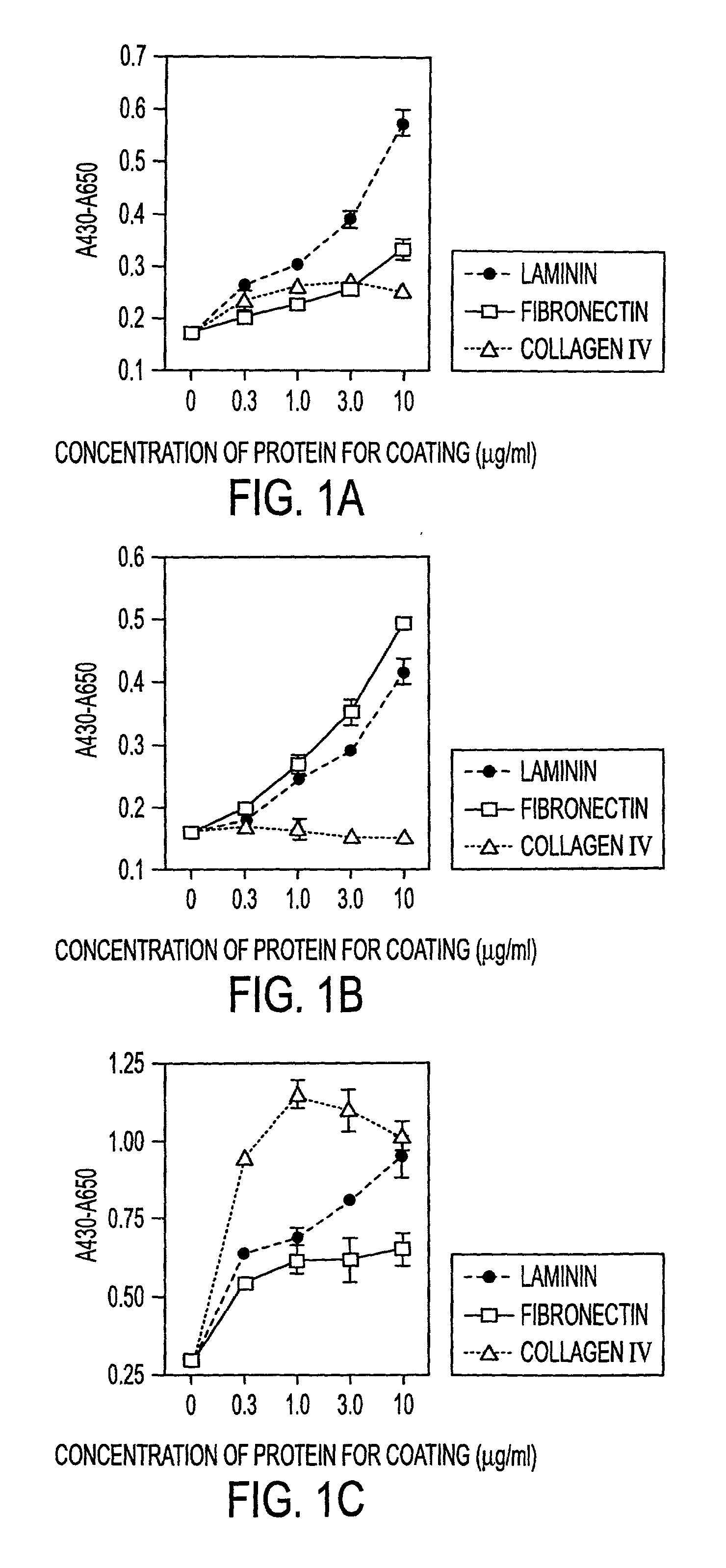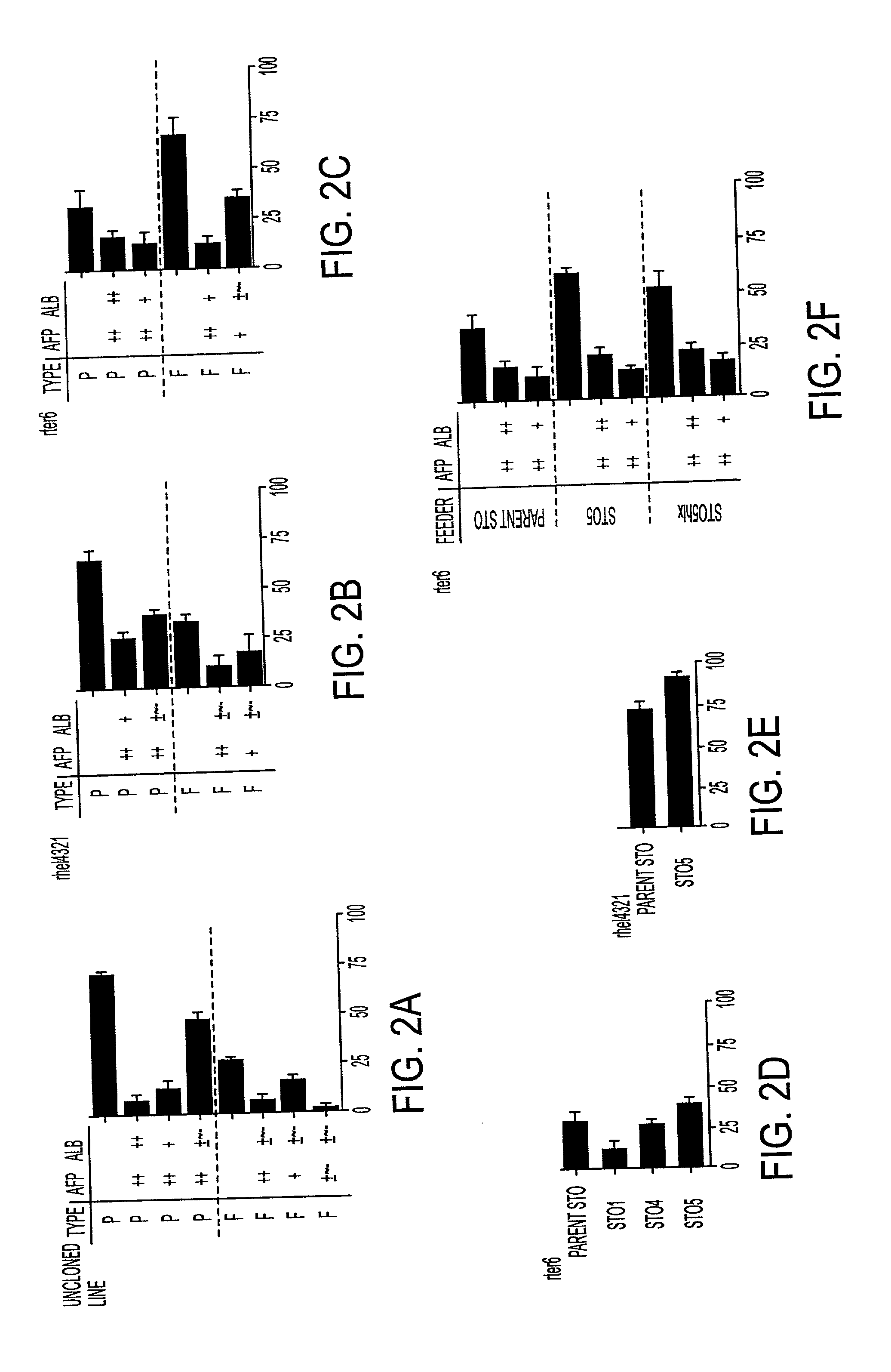Processes for clonal growth of hepatic progenitor cells
a technology clonal growth, which is applied in the field of new conditions for the growth of hepatic progenitor cells in mammalian hepatic progenitor cells, can solve the problems of inability to test for bipotent cell populations, biliary epithelial evidence, and inability to test for hematopoietic cells
- Summary
- Abstract
- Description
- Claims
- Application Information
AI Technical Summary
Benefits of technology
Problems solved by technology
Method used
Image
Examples
Embodiment Construction
[0030] The instant invention is a process for propagation and use of stem cells. Various tissues are appropriate sources of progenitors, including tissues of ectoderm, mesoderm and endoderm origin. The ectoderm tissues can include skin tissue, brain tissue and other nerve tissue. The mesoderm tissues can include muscle, the blood and hemopoietic systems. The endoderm tissues can include the gut, stomach, pancreas thyroid and glands associated with the digestive system. In particular, the instant invention is a process for the propagation of hepatic stem cells and of other hepatic progenitor cells. The process involves exposing populations of isolated hepatic stem cells and / or hepatic progenitor cells and / or their progeny, to growth conditions capable of sustaining clonal growth, that is, growth at very low cell densities. In a preferred embodiment, the process involves using a serum-free, hormone-supplemented, defined medium to support the propagation of hepatic progenitor cells on ...
PUM
 Login to View More
Login to View More Abstract
Description
Claims
Application Information
 Login to View More
Login to View More - R&D
- Intellectual Property
- Life Sciences
- Materials
- Tech Scout
- Unparalleled Data Quality
- Higher Quality Content
- 60% Fewer Hallucinations
Browse by: Latest US Patents, China's latest patents, Technical Efficacy Thesaurus, Application Domain, Technology Topic, Popular Technical Reports.
© 2025 PatSnap. All rights reserved.Legal|Privacy policy|Modern Slavery Act Transparency Statement|Sitemap|About US| Contact US: help@patsnap.com



